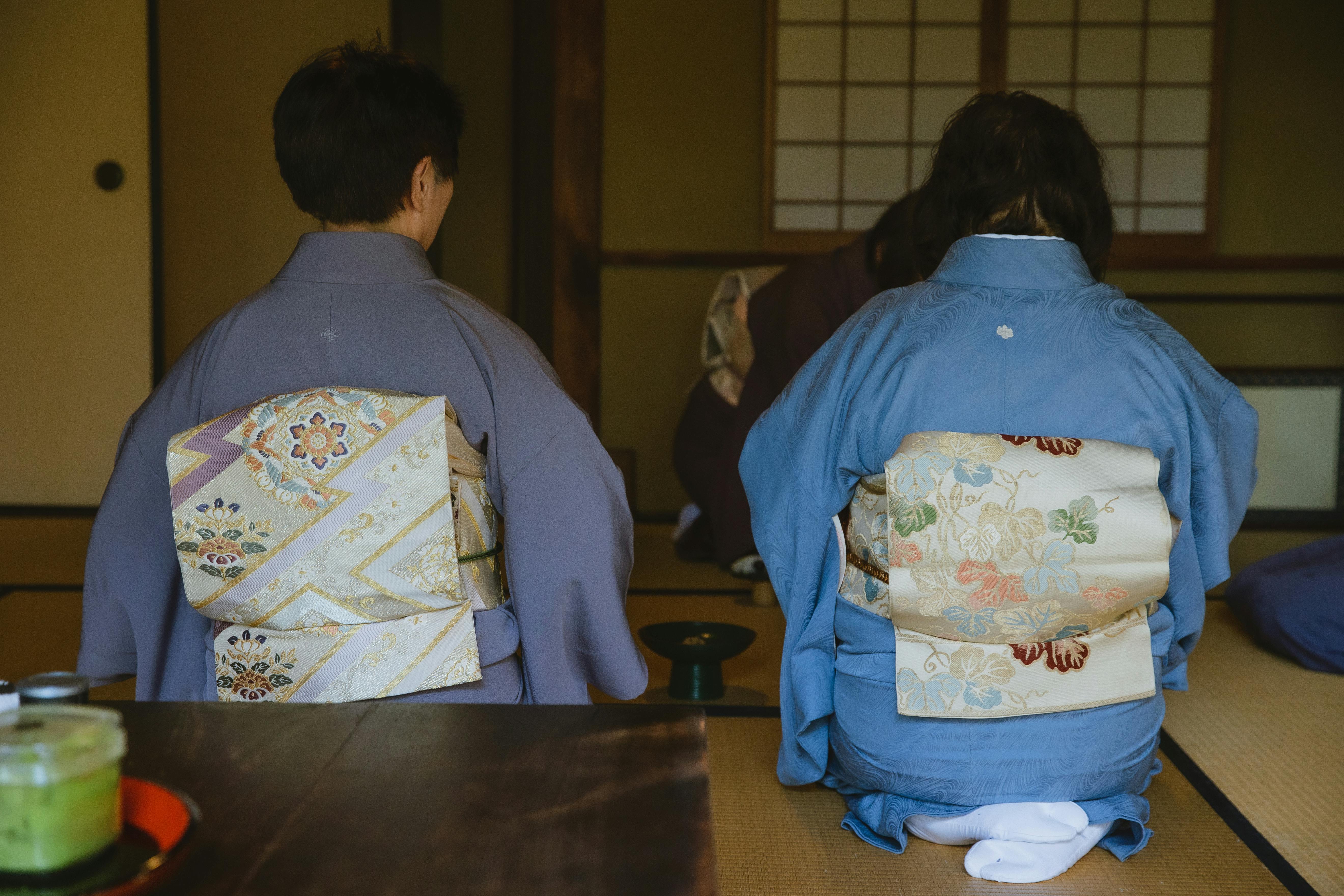Let’s face it, the economy doesn’t seem to be improving, and sometimes stay-at-home moms’ options are very limited when it comes to trying to generate a second income. More and more women are turning to home-based businesses to help ease some of the burden on their spouses.
Testing your creativity and selling your creations can be a successful money maker.
I started selling tutus on Craigslist, eBay, and by word of mouth. The response was amazing and I was making about $500 a month when I started. It may not sound like much, but for a stay-at-home mom, that extra money got us through tough times. My husband was self-employed and worked from home, so the income he was generating at the time was not constant. That extra couple hundred dollars would cover the purchases.
So whether you just want a little extra cash or want to turn it into a full-time business, making tutus for sale may just be that home business you’re looking for.
Keep in mind that everyone and their moms are making tutus, however there is still a market even when you are just starting out. Over time, you can create your own tutu designs that will set you apart from the competition. Viewers spot the lack of quality immediately. Put a lot of effort into perfecting your technique, and be sure to pay attention to detail when making your tutus.
The great thing about learning how to make tutus is that even if you are not as successful in selling them, you can still make the best gifts and save money since tutus materials are relatively inexpensive.
These are some of the materials you will need to make a tutu.
Tulle Rolls: 6″ by 25 yd rolls are best
Optional: Cutting Mat, Rotary Cutter, and Lip Edger Quilters: Rotary cutter and mat make clean, even cuts. You can use fabric scissors if you can’t find the rotary cutter, mat, and ruler. However, it will take much longer to cut it.
1/2″ wide roll of elastic. You can use a headband elastic for the waist if you want a 100% seamless tutu. No roll elastic is best. I would not go any wider than 3/4″ wide elastic.
Needle and thread – Sew the ends of the elastic together or use an elastic headband for a seamless waist band
Elastic waist construction:
1: measure and cut elastic 2-3″ smaller than the measurement so the waistband will fit snugly around the child’s waist. Overlap the ends of the elastic at least 1/2-1″ and sew both ends of the elastic together. This is the only time you will sew. If you can’t sew, use an elastic headband.
2: You will need between 1-3 rolls for a baby/toddler tutu. Starting at age 4, start with 3-4 rolls. This estimate is for tutus slightly above the knee. Adjust the number of rolls accordingly.
To cut the length of the strips, you can place at least two rolls on top of each other evenly on the cutting mat and unroll the tulle. Align the tulle edge at the 0″ mark on the cutting mat and cut the tulle to the desired length with a rotary cutter. Place a quilting lip edge ruler where you want to make the cut and roll the rotary cutter around the edge of the ruler as a guide can help prevent accidents.
The length of the tutu can be calculated by multiplying the desired length of the tutu by 2 and then adding an additional 2″ to account for the knot you will be tying. Example: length of the tutu (12″) x 2 = 24 + 2 = 26. Cut each strip to 26″ long. Your measurement may be different.
3: Fold the strip of tulle in half so it looks like an inverted “U.” Tuck the folded end behind the elastic waistband. This will create a loop behind and over the top edge of the elastic.
4: From the folded strip, you will notice two “tails” dangling. Take both tail ends of the tulle strip through the loop you have created and pull down to tighten. Make sure not to pull it too tight, as this can overstretch the elastic. It takes some practice to get it right.
5: Tying double knots is another way to secure the tulle to the waistband. Continue tying your knots until you reach the other side. You can tie additional knots to fill in uncovered areas. Try to tie at least 4-5 knots per inch of your original waist measurement. So if you have a 20″ waistband, you should be able to fit 80-100 strips.
If the waistband stretches too far, cut the elastic and re-sew to the original waist measurement.
Embellish your tutu once you have completed the steps above.
Once you’ve perfected your technique, you can start thinking about selling your tutus. Look online and compile a list of tutu vendors and see what they charge. This will help you determine a fair price.
Start by selling online or post photos of your tutus to your Facebook account. You will surely receive word of mouth publicity there. Advertising at local ballet schools could be one route to go. Just make sure it’s not just a basic tutu. Take beautiful photos, because no matter how beautiful a tutu is, no one will see it against a poorly lit and messy background. Find what catches your eye and improve it.
My new favorite website for ideas is Pinterest. Use it and when you build your website, you can start using Pinterest as a marketing tool.
One more important thing about selling… Make sure materials and tutus are labeled in accordance with the new CPSIA labeling laws for children’s products. As of February 2009, all children’s products sold must comply with all aspects of the law and safety regulations, including new limits for lead and phthalate content. This is governed by the CPSIA.
Most tulle manufacturers are required to indicate on their website whether their tulle meets CPSIA standards.


